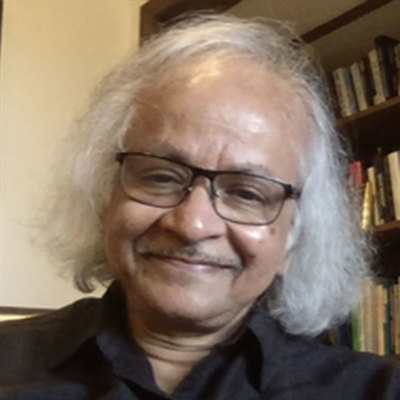Supriyo Datta
Purdue University

Talk Title: Probabilistic Computing with p-Bits
Digital computing is based on a deterministic bit with two values, 0 and 1. On the other hand, quantum computing is based on a q-bit which is a delicate superposition of 0 and 1. This talk draws attention to something in-between namely, a p-bit which is a robust classical entity fluctuating between 0 and 1.
Feynman [1] had used the concept of a probabilistic computer as a counterpoint to the quantum computer, noting that “ … the only difference between a probabilistic classical world and the equations of the quantum world is that somehow or other it appears as if the probabilities would have to go negative … ” The awesome power of quantum computing comes from exploiting these negative (more generally complex) probabilities, which in turn requires stringent stringent experimental conditions to protect the phase.
A probabilistic computer by contrast can be built with existing technology to operate at room temperature and used as building blocks for constructing autonomous p-circuits, as we have demonstrated experimentally [2]. They lack the magic of complex probabilities but can function as hardware accelerators for many applications that use stochastic algorithms [3].
- [1] R.P. Feynman, “Simulating Physics with Computers,” Int. J. Theor. Phys. 21, 467 (1982).
- [2] W.A. Borders et al. “Integer Factorization using Stochastic Magnetic Tunnel Junctions,” Nature 573, 390 (2019).
- [3] B.M. Sutton et al. “Autonomous probabilistic coprocessing with petaflips per second,” IEEE Access 8, 157238 (2020).
Bio
Supriyo Datta received his PhD from University of Illinois at Urbana-Champaign and has been with Purdue University since 1981. The non-equilibrium Green function (NEGF) method approach pioneered by his group for the description of quantum transport has been widely adopted in the field of nanoelectronics and he was elected to the US National Academy of Engineering for this work. He is also known for innovative theoretical proposals that have inspired new fields of research including molecular thermoelectricity, negative capacitance devices, and spintronics.